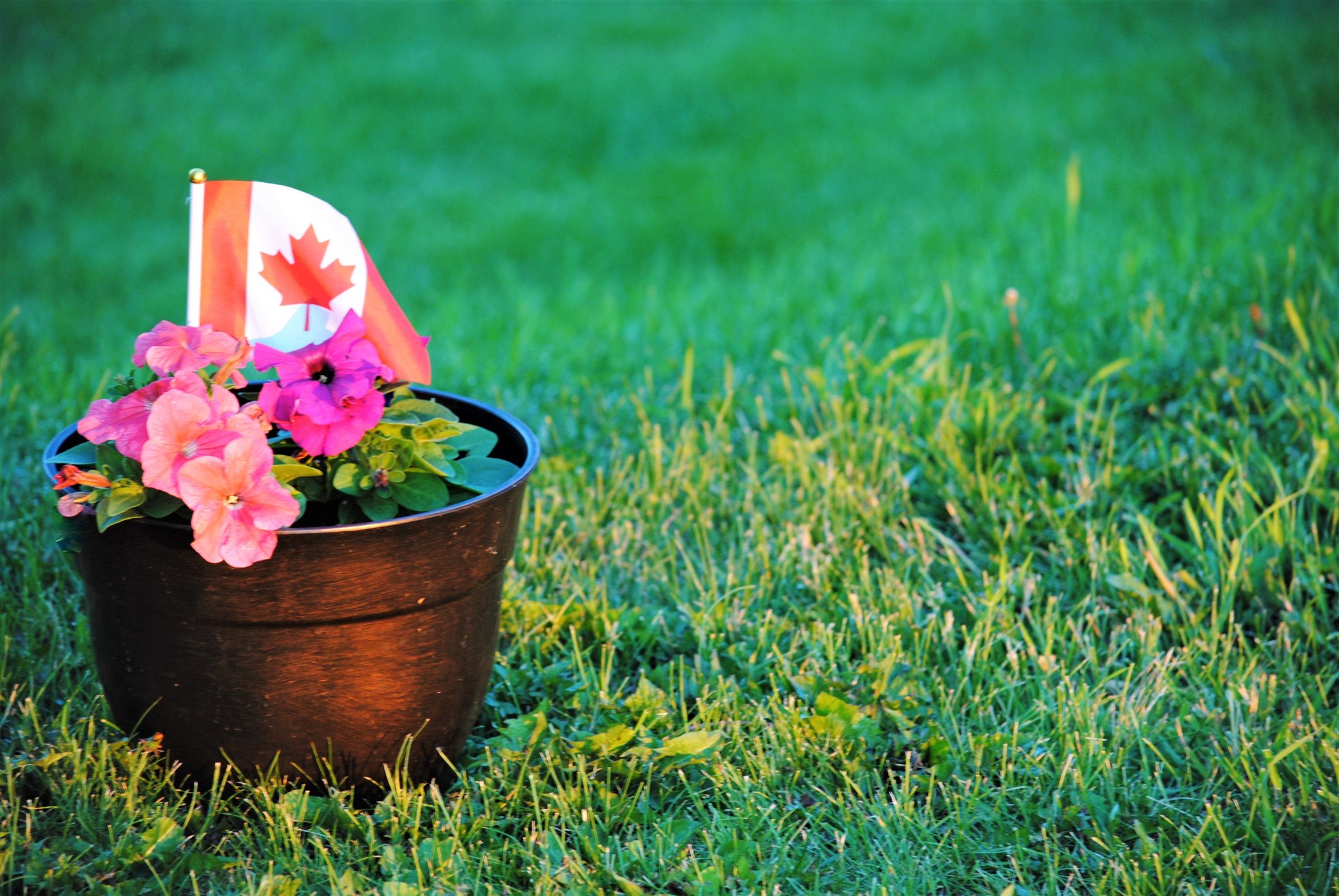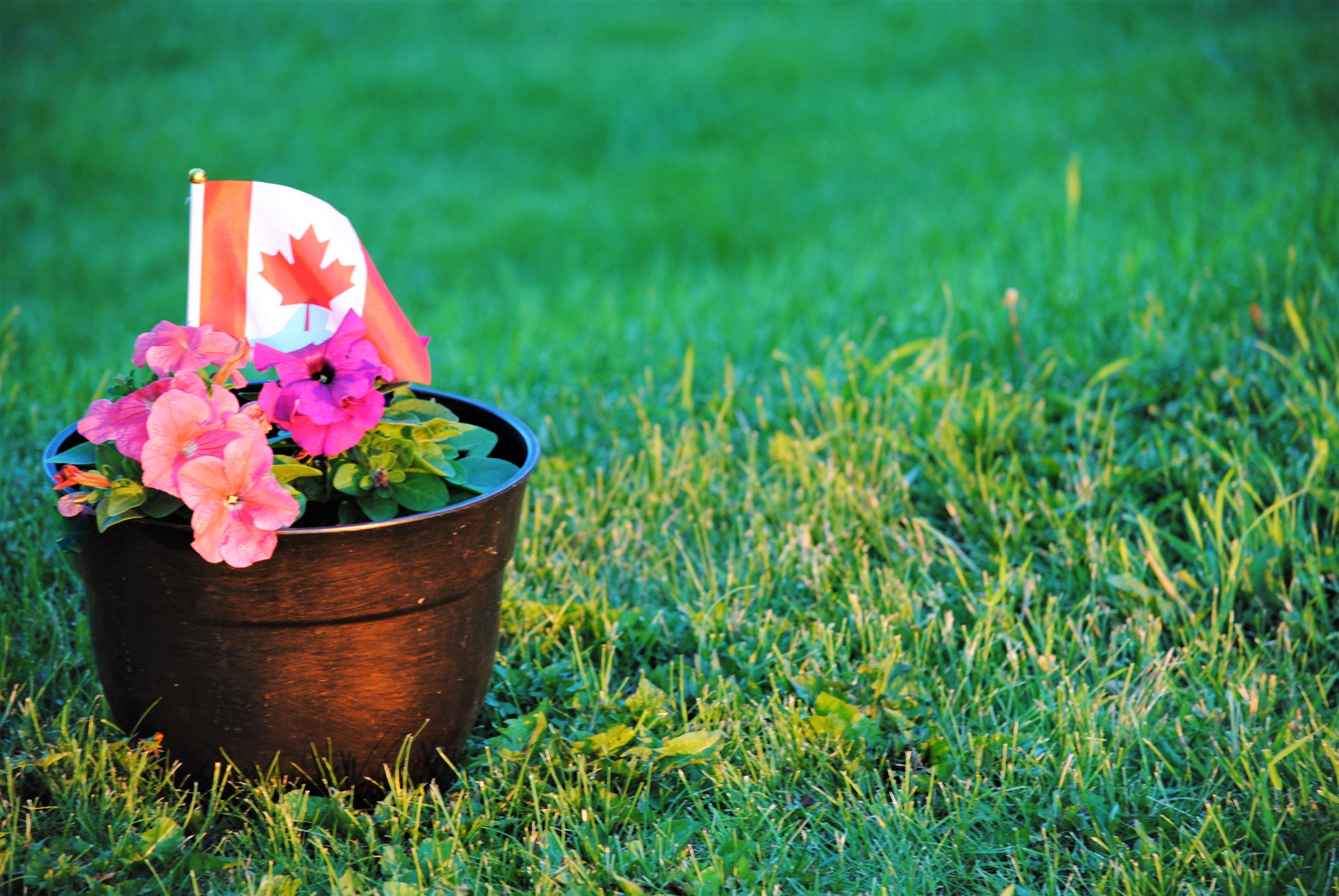
It's no secret that spring is one the best times of year for lawn care. Now that the snow is gone and buds are blooming, it's time to get it ready for the long, green season ahead with the help of Nutri-Lawn.
There are a number of beneficial tasks that home owners can do in spring to get a head start before summer creeps up on us. One of the most important things on your list should be a spring fertilization.
Why Is It Important?
Think of fertilizer as food. Your lawn is a living thing and it needs to be fed, just like you. Depending on it's environment, it needs different nutrients at different times.
Fertilizing in spring is incredibly important. Not only does it help jump start your lawn for the rest of the growing season, it helps address areas of your lawn that have been damaged by the effects of a long, harsh winter, such as winter kill or snow mold disease.
After the winter months, lawns tend to lose some of the vibrant green colour they may have once had. An early spring fertilizer application will help green up the lawn quickly and assist it in waking up from it's dormant winter state.

When To Apply Spring Fertilizer
Here's the short answer: Early Spring!
Cool season turfgrasses grow most actively in the spring, due to the combination of optimal temperatures and rain in most regions. This makes early spring fertilization very important, since the turf requires the most nourishment during this period.
Depending on where you are in the country, applying fertilizer sometime in April or early May will give you the most benefit.
Things To Be Mindful Of When Fertilizing
- Make sure you always read the label. If you're doing it yourself, make sure you follow the labelled ratings or you could risk over or under applying.
- Don't over-fertilize. If you put too much fertilizer down, you could burn the lawn and leave it with undesirable yellow patches or lines. Too much product can also also create 'flush growth' - this means the plant begins to grow excessively, however leaves it weak and vulnerable to disease and insects.

- Don't under-fertilize. If you under apply, you're not going to get the benefit and won't see anything happen on your lawn - not to mention, you'll have wasted time and money.
- Application technique is important. You need the right equipment to get the job done correctly. Ideally, you should use a spreader - this will help you avoid streaking the lawn by doing it by hand.
- Know when to fertilize next. The type of fertilizer will determine when you should be fertilizing again. If you're using a store-bought quick release fertilizer, you may need to re-fertilize once a month. Slow release fertilizers may need to be reapplied every 6-10 weeks, while most professional lawn care companies use controlled-release fertilizer blends, which feed the lawn for 12-16 weeks.
Talk to your local Nutri-Lawn about your fertilizer options, and follow us on Facebook for more lawn care tips and tricks.








